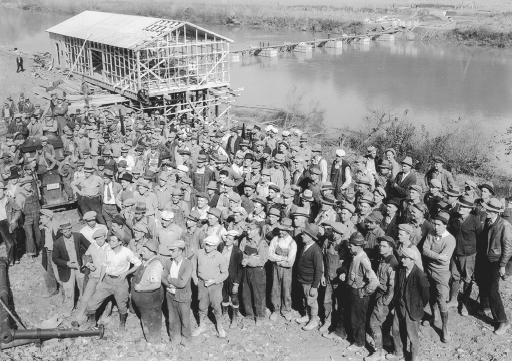Unemployment: 23.2% and heading down
Dow Jones Industrial Average: 90
Summary
The dam projects that Roosevelt was funding provided him with the kind of utopia that he and nation sought, therefore giving him the kind of inspiration he would need to spur on more projects. The dams provided new sources of cheaper and more efficient power source. The TVA was created and put in charge of it was Morgan, Lilienthal and another Harcourt. This project utilized the land the surrounding a certain river in Tennessee and provided thousands of jobs to families in desperate need of them. Under the construction of the dam, new settlements and beginnings of towns began to spring up as living spaces for workers as well as libraries and etc were provided for their use and their families. The electricity produced from the dam provided rates of energy and prices of energy at a more cheaper rate than provided in NYC and Chicago. As the TVA began growing momentum, Morgan and the growing face of the company Lilienthal, began wrestling each other for power over the company. Lilienthal, growing more ambitious oversaw projects like making fertilizer to increase the production of agriculture to gain more favor. Morgan, using a more political approach talked about plans to supply cities that lacked electricity, electricity at a reasonable price also gaining favor. The TVA proved to be a success and help raise the standard of living.
Key Terms:
Harold Ickles
Boulder Dam
Hoover Dam
TVA
Tennessee Valley
Muscle Shoals
Willikie
Dnieprostroi
Frankfurter
Lilienthal
Morgan
What was the nature of the struggle between Willkie and the TVA?
Pictures:

Tennessee Valley Authority, March 16 2015, http://www.shmoop.com/fdr-new-deal/timeline.html
No comments:
Post a Comment